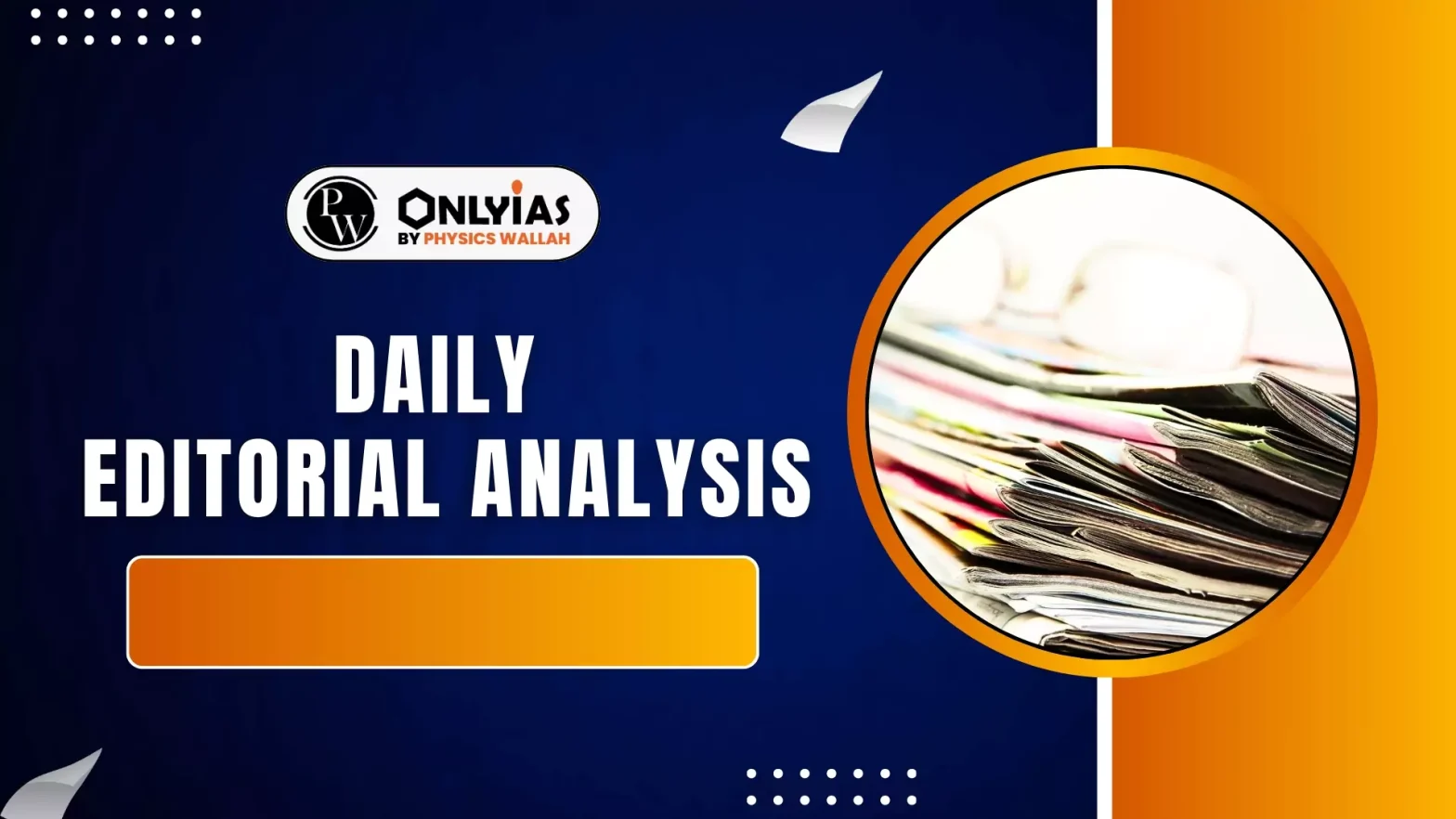India aspires to become a developed nation by 2047. By the 2060s, over 60% of the population is expected to move to cities, making urban India the growth engine.
Urban Pressure
- Infrastructure Pressure: This large-scale rural-to-urban migration will create immense pressure on urban infrastructure, especially on public transport systems.
- Role of Urban Transport: Efficient, inclusive, and sustainable mobility systems will be essential to manage this shift and enable productivity in urban centres.
- Smart cities: They were envisioned to minimise daily commutes by integrating work and residence spaces.
- Implementation Gap: However, most new smart cities remain non-functional, failing to take off like China’s planned urban models.
- Uncontrolled Urban Expansion: Meanwhile, existing metros and tier-1 cities continue to expand rapidly, intensifying urban stress.
- Consequences of Poor Planning: This results in rising traffic congestion, inadequate public transport, and a lack of last-mile connectivity.
Steps taken by the Government to tackle Urban Mobility crisis
- PM e-Bus Sewa – Payment Security Mechanism: Aims to induct nearly 10,000 urban buses.
- PM Electric Drive Revolution in Innovative Vehicle Enhancement (PM e-Drive): Targets procurement of:
- 14,000 e-buses
- 1,10,000 e-rickshaws
- e-trucks and e-ambulances
- Rising Metro Investments: The Budget also increased allocations for metro rail development across Tier 1 cities, aligning with efforts to cater to high urban density and reduce congestion.
Challenges Associated with Urban Transportation
- Urban Bus Deficit: India needs 2 lakh urban buses, but only 35,000 are operational, highlighting a major supply-demand gap.
- Limited Resources: While there’s a strong push for green mobility, funding constraints limit scaling and sustainability.
- Access Gap: Only 37% of urban Indians have easy access to mass transit, compared to over 50% in Brazil and China.
- Challenges in Cost Recovery: Most metro projects face difficulty in recovering costs, with low ridership and operational deficits.
- Last-Mile Issues: High fares lead to reduced usage, while poor last-mile connectivity deters commuters further.
- Limited Fiscal Space: India cannot afford large-scale metro subsidies like Western countries, limiting pricing flexibility.
Challenges in Current Urban Bus Investments
- Budget Push: The 2025 Budget has boosted allocations for urban bus systems, especially to strengthen metro city connectivity. The aim is to enhance last-mile access.
- Private Sector Reluctance: Despite government support, private investments in public transport remain limited due to low return certainty and long gestation periods.
- Shift to Expensive e-Buses: Earlier emphasis on CNG buses has now shifted to electric buses, which have higher upfront and maintenance costs, increasing the financial burden on public agencies.
- Exploring Alternatives: Future transit models may increasingly focus on road-based modes powered by electricity, CNG, hydrogen, or biofuels. Yet, important alternatives like trams and trolleybuses are often overlooked.
- Policy Blind Spot: Despite being more efficient over the long term, trams and trolleybuses receive minimal policy attention. Their life cycle analysis shows that they can outperform e-buses in both financial and environmental terms.
- Sustainability Mismatch: Current focus on e-buses may be leading to a subsidy-driven ecosystem, rather than a self-sustaining transit model. This misalignment raises concerns about the long-term viability of such investments.
Comparative Life Cycle Profitability
- Trams: Offer 45% profitability over a 70-year life cycle with climate alignment and scalability.
- e-Buses: Record an 82% net loss over the same period due to high operational and replacement costs.
- Trolleybuses: More efficient than e-buses but still incur a minor net loss over the life cycle.
Case for Adopting to Tram System
- Kochi Tram: Kochi plans to launch a tram pilot project, offering a revival opportunity for sustainable transit. Trams provide low-cost, eco-friendly urban mobility with high scalability.
- Kolkata: Kolkata preserved its tram legacy, now seen as a smart urban strategy.
- Global Examples: Global cities like Zurich and Amsterdam have revived trams, proving their modern-day relevance.
- Policy Rethink: It’s time for a policy rethink to integrate proven old technologies into future mobility planning.
Conclusion
Urbanisation demands inclusive and sustainable mobility solutions, where trams and other road-based public transport must receive equal policy attention, avoiding an over-reliance on costly e-buses and metro systems by applying life-cycle cost analysis to transport investments
![]() 13 Jun 2025
13 Jun 2025

